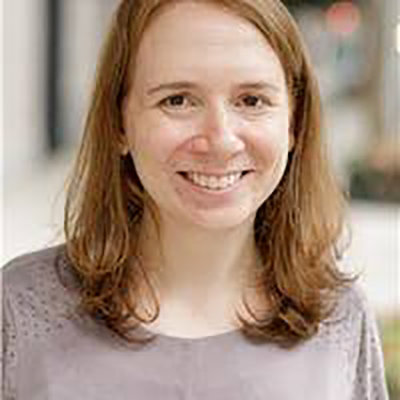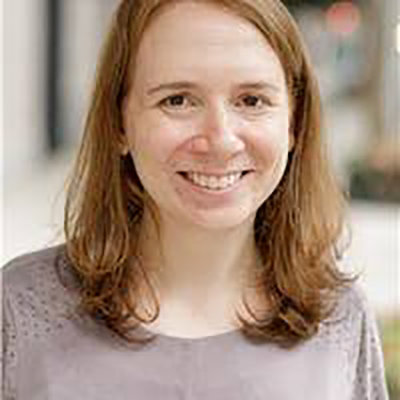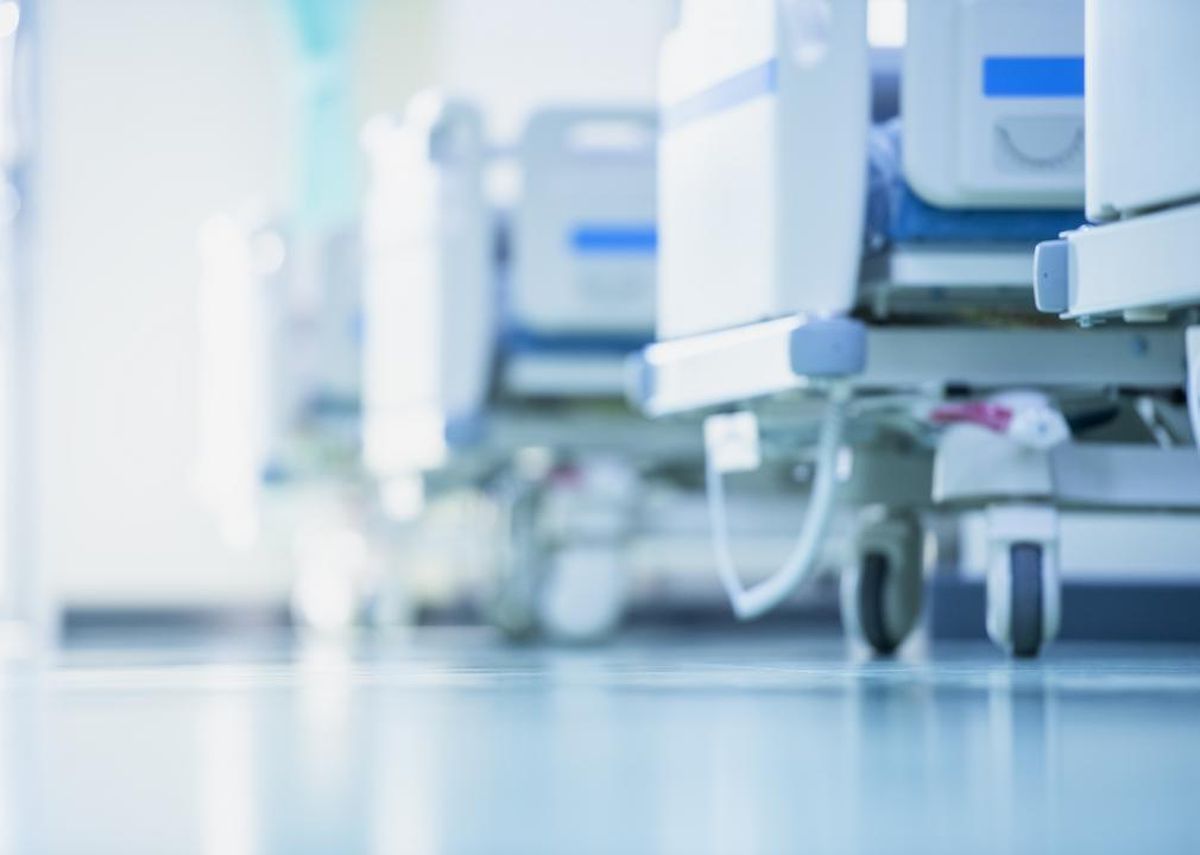104th Precinct Police Blotter
Monday, Feb. 7
Zamiqua Miller was arrested at 329 Wyckoff Avenue for petit larceny by Detective Wright.
Zamiqua Miller was arrested at 64-02 Catalpa Avenue for burglary by Detective Gerardi.
Lychena E. Solomon was arrested at 690 Onderdonk Avenue for misdemeanor assault by Officer Arfeen.
Tuesday, Feb. 8
Janneth Guaman was arrested at 57-66 79th Street for possession of a forged instrument by Detective Wright.
Andy Morla was arrested at Fresh Pond Road and Eliot Avenue for possession of a forged instrument by Officer Shariff.
Wednesday, Feb. 9
Fernando Rodriguez was arrested at 65-04 Hull Avenue for criminal mischief by Detective Lodato.
Roman A. Vera Delgado was arrested at Tonsor Street and Metropolitan Avenue for aggravated unlicensed operator by Officer Arfeen.
Kelius Casete was arrested at Catala Avenue and Fresh Pond Road for aggravated unlicensed operator by Officer Martinez.
Thursday, Feb. 10
Derrick Randall was arrested at 78-16 Cooper Avenue for felony assault by Detective Bublin.
Gary Montague was arrested at 57-44 80th Street for grand larceny by Detective Moon.
Friday, Feb. 11
James McRory was arrested at 84-45 Fleet Court for strangulation by Office malik.
Segunda Sisa Pilamunga was arrested at Decatur Street and Cypress Avenue for driving while intoxicated by Officer Cedenopilier.
Luis Vargas was arrested at Wyckoff Avenue and Myrtle Avenue for suspended registration by Officer Nicacci.
Keily Araceli-Otero was arrested at 71-30 73rd Street for burglary by Officer Lyle.
Saturday, Feb. 12
Craig L. Capers was arrested at Forest Avenue and Myrtle Avenue for aggravated unlicensed operator by Officer Armond.
Hugo Reyes Cardenas was arrested at 65-09 Metropolitan Avenue for criminal mischief by Officer Bawa.
Victor Espirito was arrested at 62nd Street and Cooper Avenue for possession of a forged instrument by Detective Wright.
Jairo Paguay was arrested at 281 Saint Nicholas for third-degree assault by Officer Claybrooks.
Jeffrey Tavarez Florentino was arrested at Vermont Place and Jackie Robinson Parkway for aggravated unlicensed operator by Officer Bistany.
Rose Estrella was arrested at 281 Saint Nicholas for criminal mischief by Officer Claybrooks.
Sunday, Feb. 13
Jeremiah Banks was arrested at 903 Wyckoff Avenue for criminal contempt by Detective Rochford.
Jonathan Tyson was arrested at Grandview Avenue and Grove Street for possession of a forged instrument by Officer Griffin.
Josee De Jesus was arrested at Stephen Street and Cypress Avenue for possession of a forged instrument by Officer Pickett.
Diego Nunez was arrested at 68-17 Forest Avenue for criminal contempt by Officer Christoldoulo.
Angie Aguirre was arrested at 68-17 Forest Avenue for criminal mischief by Officer Christoldoulo.






